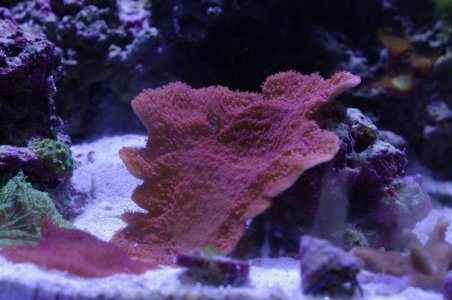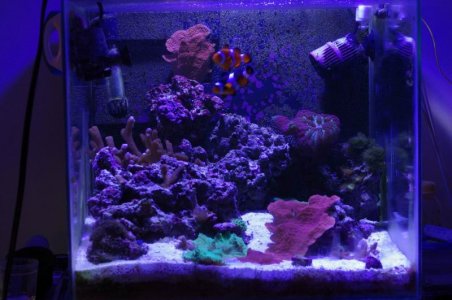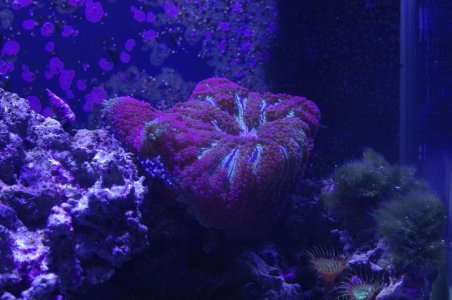I would think the manufacturer would rather only use one channel. Are there any two channel chips?
Also, how am I as a consumer supposed to know how the chip will turn out. I wantaround a 20k 60w(driven) chip. What would you then suggest?
I was once told that the sudden burst of light shocks the coral, And thats why we ramp them up. Although I have no science too back that up.
Manufacturers have to keep it cheap to make, but they also want to please all of the people all of the time. Most people don't know what they want and will not settle for a manufacturer's recommendation, no matter how qualified it is. It is too expensive to try 3-4 chips to find the one that is just right.
Some brands offer extensive control features, yet the spectrum and intensity available is too limited to make these dimming features useful. Out of the box, at 100% illumination, they barely reach the minimum PAR requirement of 200 in the substrate, so how can you dim out colours to get the look you think you need.
I haven't come across any two channel chips. Three channel chips are more accessible due to the RGB frame availability. You just need to change it from RGB (red, green, blue) to RWB (red, white, blue). Sounds pretty patriotic to me

In order to get a 20K look, while maintaining a broad spectrum, you need to use 14-16k chips with about 50% blue, royal blue & actinic. The best way to evaluate a chip is to ask other users. This thread is a great asset for that. Don't use photographs from fellow hobbyists or trade designations from Chinese manufacturers who don't know the hobby as any kind of indicator.
You can buy a "20k" chip, but it does not have the broad spectrum you get with a mixed set of chips. Phosphor technology simply isn't there yet.
One cool feature we may see in the near future is phosphor coated lenses (flat disks) that can be interchanged. There is a company that sells these already. You take a blue chip, pop in a phosphor coated lens over the multichip and it converts the light to a specific colour temperature. The last time I contacted them, they only went up to about 7,500k, but there is no reason why they can't represent the entire phosphor range (red, orange, yellow, green, etc.). You should be able to make a colour wheel lens or stack several thin lenses to mix your own phosphors.












